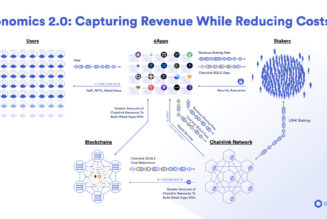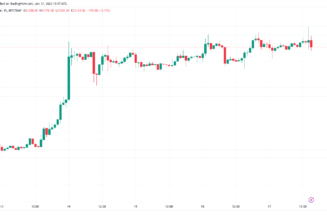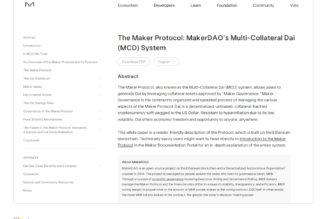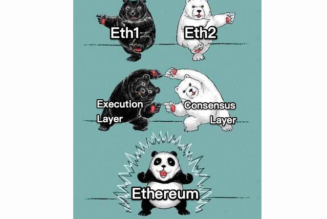Ether (ETH) reached a $3,280 local high on Feb. 10, marking a 51.5% recovery from the $2,160 cycle low on Jan. 24. That price was the lowest in six months, and it partially explains why derivatives traders’ main sentiment gauge plummeted to bearish levels.
Ether’s futures contract annualized premium, or basis, reached 2.5% on Feb. 25, reflecting bearishness despite the 11% rally to $2,700. The worsening conditions depict investors’ doubts regarding the Ethereum network’s shift to a proof-of-stake (PoS) mechanism.
As reported by Cointelegraph, the much-anticipated sharding upgrade that will significantly boost processing capacity should come into effect in late 2022 or early 2023.
Analyzing Ether’s performance from a longer-term perspective provides a more appealing sentiment, as the cryptocurrency is currently 45% below its $4,870 all-time high.
Furthermore, the Ethereum network’s adjusted total value locked (TVL) has held a reasonable 42.8 million ETH despite the price correction.

As shown above, the network’s TVL increased by 16.5% in three months, reflecting growth from decentralized finance (DeFi) and nonfungible token (NFT) marketplaces.
However, due to network upgrade delays and worsening global macro conditions, professional traders are becoming frustrated and anxious, a sentiment that is depicted in multiple derivatives metrics.
Ether futures hit their most bearish level in seven months
Retail traders usually avoid quarterly futures due to their fixed settlement date and price difference from spot markets. However, the contracts’ biggest advantage is the lack of a fluctuating funding rate, hence the prevalence of arbitrage desks and professional traders.
These fixed-month contracts usually trade at a slight premium to spot markets because sellers are requesting more money to withhold settlement longer. This situation is known technically as “contango” and is not exclusive to crypto markets.

Futures should trade at a 5%–15% annualized premium in healthy markets. Yet, as displayed above, Ether’s annualized premium has decreased from 20% on Oct. 21 to a meager 2.5%.
Although the basis indicator remains positive, it has reached the lowest level in seven months. The crash to $2,300 on Feb. 24 caused bearish sentiment to prevail, and not even Feb. 25’s 10% recovery was enough to flip the tables.
Currently, data shows few signs that bulls are ready to regain control. If this were the case, the Ether futures premium would have turned positive after such a rally.
The views and opinions expressed here are solely those of the author and do not necessarily reflect the views of Cointelegraph. Every investment and trading move involves risk. You should conduct your own research when making a decision.
 [flexi-common-toolbar] [flexi-form class=”flexi_form_style” title=”Submit to Flexi” name=”my_form” ajax=”true”][flexi-form-tag type=”post_title” class=”fl-input” title=”Title” value=”” required=”true”][flexi-form-tag type=”category” title=”Select category”][flexi-form-tag type=”tag” title=”Insert tag”][flexi-form-tag type=”article” class=”fl-textarea” title=”Description” ][flexi-form-tag type=”file” title=”Select file” required=”true”][flexi-form-tag type=”submit” name=”submit” value=”Submit Now”] [/flexi-form]
[flexi-common-toolbar] [flexi-form class=”flexi_form_style” title=”Submit to Flexi” name=”my_form” ajax=”true”][flexi-form-tag type=”post_title” class=”fl-input” title=”Title” value=”” required=”true”][flexi-form-tag type=”category” title=”Select category”][flexi-form-tag type=”tag” title=”Insert tag”][flexi-form-tag type=”article” class=”fl-textarea” title=”Description” ][flexi-form-tag type=”file” title=”Select file” required=”true”][flexi-form-tag type=”submit” name=”submit” value=”Submit Now”] [/flexi-form]










Tagged: Basis, crypto blog, Crypto news, Derivatives, ETH futures, Markets, Premium, sharding, TVL